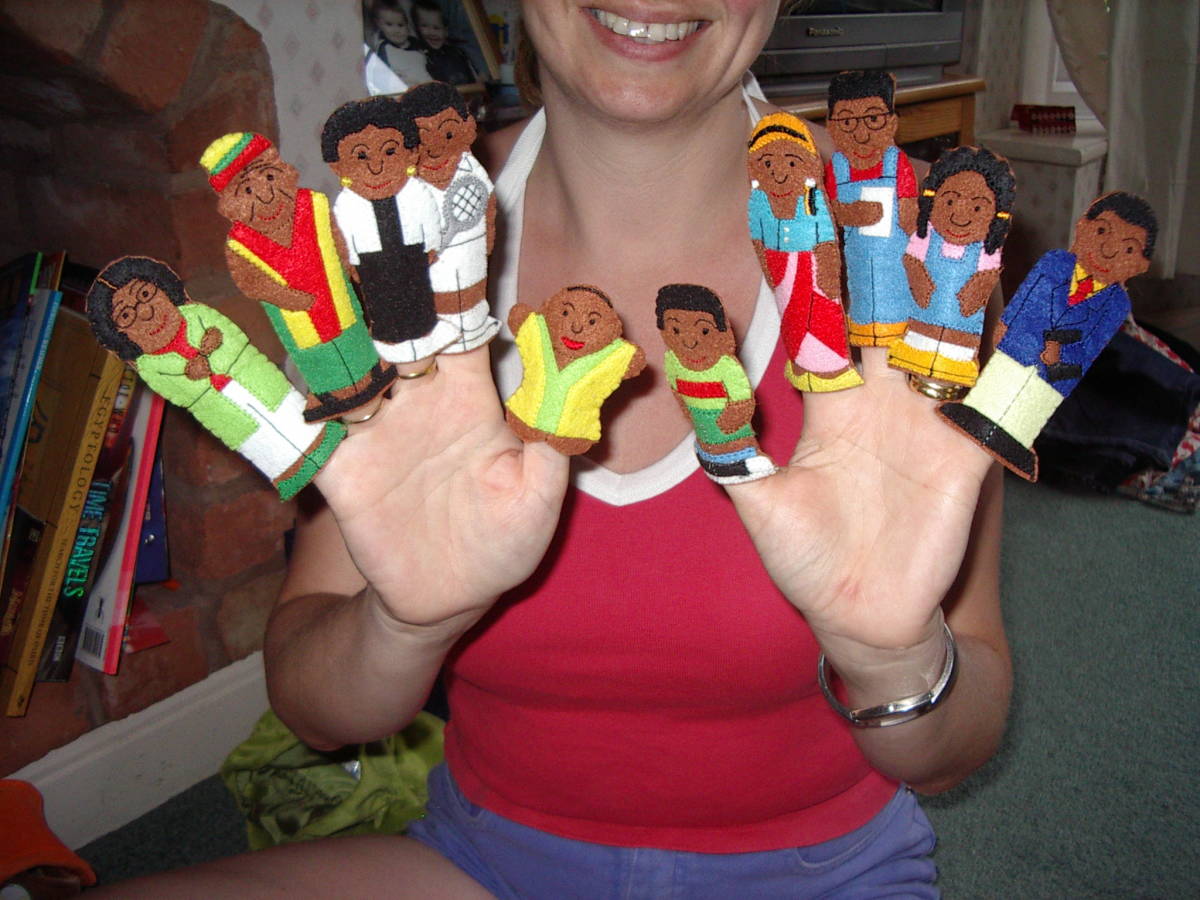
For citizens born in America, the term “multicultural” tends to sit on a spectrum of meanings, usually good.
For many, it means celebrating cultures into which they are not born. For others, it’s something to be merely tolerated. And for a minority, “multicultural” means a threat to a traditional way of life, one that’s being lost to an influx of foreign or non-majority cultures.
“Thankfully, my experience in the United States has been by and large a welcoming one; however, as an actual immigrant, ‘multicultural’ arguably has more meaning,” says Simi K. Rao, who emigrated from India in her early 20s. She works as a physician is also the author of two novels: “Inconvenient Relations” and “The Accidental Wife.” Rao is still currently living with her family in the states.
According to estimates from the U.S. Census Bureau’s 2013 American Community Survey, the U.S. immigrant population stood at more than 41.3 million—or 13 percent—of the total population of 316.1 million.
“Immigration is, in part, what continues to make this a great country, and I think it’s helpful for more Americans to know what an immigrant’s experience is like,” says Rao.
The truly multicultural experience is enriching. Born right in the middle of the India, Rao was able to travel to both the north and south areas of the country. She took in the multicultural flavors of her country of birth and was able to appreciate India’s diversity, which often has ancient roots. Her time in America has enabled her to more deeply appreciate her original culture.
“And I can appreciate the U.S. when I’m away from it, too,” she says.
You can appreciate what you have in both countries. “In many ways, I am fortunate that I have the means to visit India,” she says, adding that having two globally significant countries to call home has its benefits. “Many immigrants to America throughout the centuries were too poor to ever visit their original homes.”
Fewer people understand that dual sense of home. While there is a sizable community of Indian-Americans in the United States, not all immigrants know where to go or how to relate to each other during transition. Immigrants to America tend to have a clear goal in mind, and over time, the new country feels more and more like home. However, roots are still felt in one’s original country, which may have very different cultural norms.
There are pluses and minuses in each culture. America is a first-world country that still has issues, such as advertisements for unhealthy products like cigarettes and people who are less welcoming to people from other countries. And unfortunately, racism continues to remain deeply entrenched in the society—a problem that immigrants have to often contend with.
India still has a long way to go with civil liberties, including an archaic and unfair caste system and discrimination and violence toward women that is far too common.
“And these differences don’t add up to some kind of balance,” Rao says. “An immigrant has to acclimate to these differences and try to work around them and they often do. Fortunately, this can enrich our minds and experience. I’d like to think that I have a better—more compassionate—take on humanity because of my multicultural background.”
Simi K. Rao’s inspiration for her books and other projects comes from her own experience with cross-cultural traditions, lifestyles, and familial relationships as well as stories and anecdotes collected from friends, family, and acquaintances. Rao enjoys exploring the dynamics of contemporary American culture blended with Indian customs and heritage to reflect the challenges and opportunities many Indian-American women face in real life. She lives in Denver with her family.



